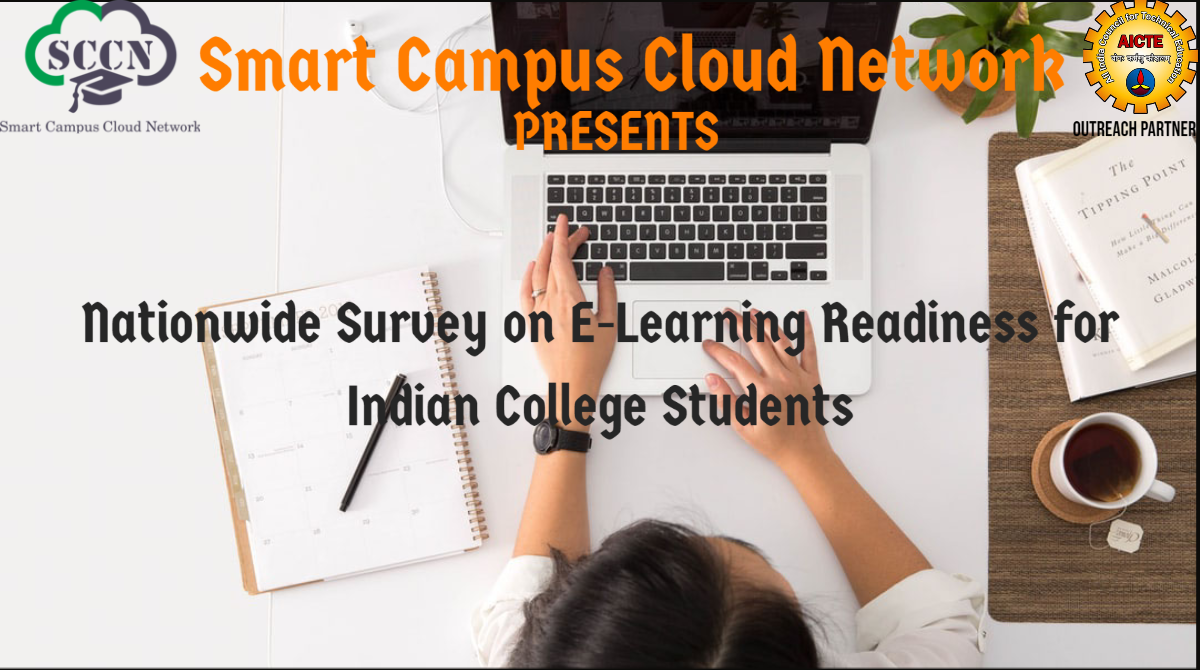
E-Learning Readiness for College Students
The present survey is designed to assess the issues of access and quality of infrastructure related to e-learning for college students. It is evident that COVID-19 has laid bare a lot of structural deficits in several public goods such as health, education and internet. As education delivery, in particularly higher education has continued, several inequities have appeared in satisfaction and feasibility of this new paradigm of online learning.
The NEP 2020, taking stock of the present scenario of education in India, seeks to encourage “carefully designed and appropriately scaled pilot studies to determine how the benefits of online/digital education can be reaped while addressing or mitigating the downsides”
AICTE or All India Council of Technical Education has gladly agreed to be out outreach partner and we are grateful to them for sending the survey to all their colleges. Indeed, the wide variety of responses received would not have been possible without them.
Several hours of lectures on online platforms such as Zoom or Google meet, giving written and viva exams online along with other manner of coursework added to the online platform have meant different outcomes for different students depending on the preparedness of their colleges and their own preparedness- determined by factors such as regularity of internet and electricity, availability of devices appropriate for learning and several other qualitative aspects such as attentiveness generated and skillful delivery by lecturers.
In this survey we wish to understand the aspect of physical infrastructural constraints on undergrad and postgrad students and how this aspect affects the quality of delivery and affects the learning outcomes of the students.
India currently has 95.2 % of its population who have access to electricity (World Development Indicators, 2017). India has 86 mobile cellular subscriptions for every 100 people (World Development Indicators, 2018). However, it does poorly in terms of hours of service of its electricity as well as internet connections, only 1.3 people per 100 people have a broadband connection in India; Further there is a lack of access to laptops and computers in the country which creates serious barriers to learning.
In light of this we have designed our survey to assess the situation better and understand the lack of infrastructure creating barriers of access and feasibility of higher education in India. The All India Survey on Higher Education (AISHE, 2019) 2018-19 showed that at the undergraduate level itself about 6.4 million students graduated from various programs in the previous academic year in India. Given such a large population of the students graduating each year, reducing the digital device is an urgent and pressing concern. Thus, our sample will be Undergraduate and post graduate students from all over the country.
Objective:
The survey is designed to understand the following-
A) Availability of e-learning infrastructure with students
B) Quality and access related aspects of such infrastructure
The link to the survey can be found here- https://forms.gle/JFxo7j6bs4t5DTZKA



